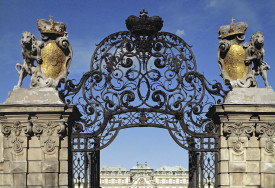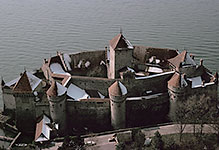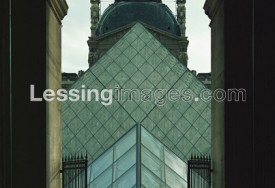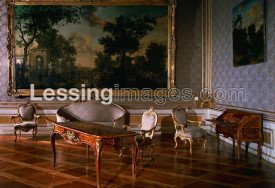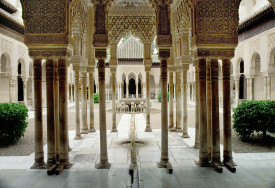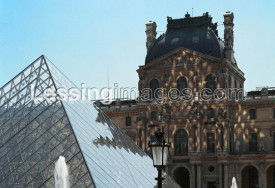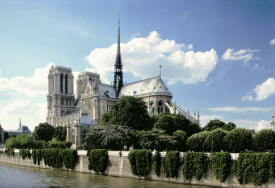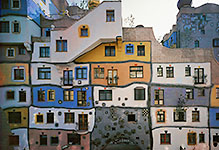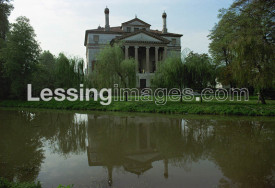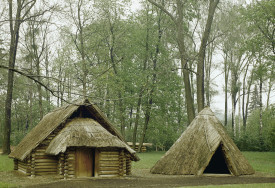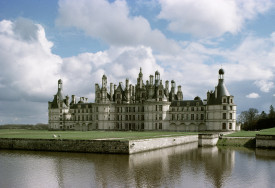
Architecture
From ancient Egypt, Greece and Rome to modern times

#03010134
Limestone frieze of men and boys,6th dynasty,2300 BCE. Divided into three regis...

#03010168
Faience amulet in the shape of an ankh, 25th dynasty to Late Period, about 700-...

#03010231
Stele engraved with numerals and signs as well as a depiction of God Amon-Ra at...

#03010232
Relief of a stele showing one of the first numerals and numbers. Temple compound...

#03010236
Djed-pillar amulet (an enigmatic hieroglyph and amulet linked to Osiris' backbon...

#03010250
Limestone capital in decorative fretwork stone Bawit, Egypt coptic; 7th century...

#03010252
North portal of the Baouit-chapel. Carved stone, Corinthian capitals. The lint...

#03010258
Sandstone frieze from the first cathedral at Faras, Sudan, early 7th. The sands...

#03010266
"Principal Square in Grand Cairo, with Murad Bey's Palace",Egypt, around 1801. A...

#03010268
The obelisk at Alexandria, called "Cleopatra's Needle", Egypt, around 1801. Fro...

#03030166
Black obelisk of Shalmaneser III, Neo-Assyrian, 858-824 BCE Black limestone obe...

#030302 5
The Rassam obelisk from Nimrud, Mesopotamia, northern Iraq. Neo-Assyrian, 883-85...

